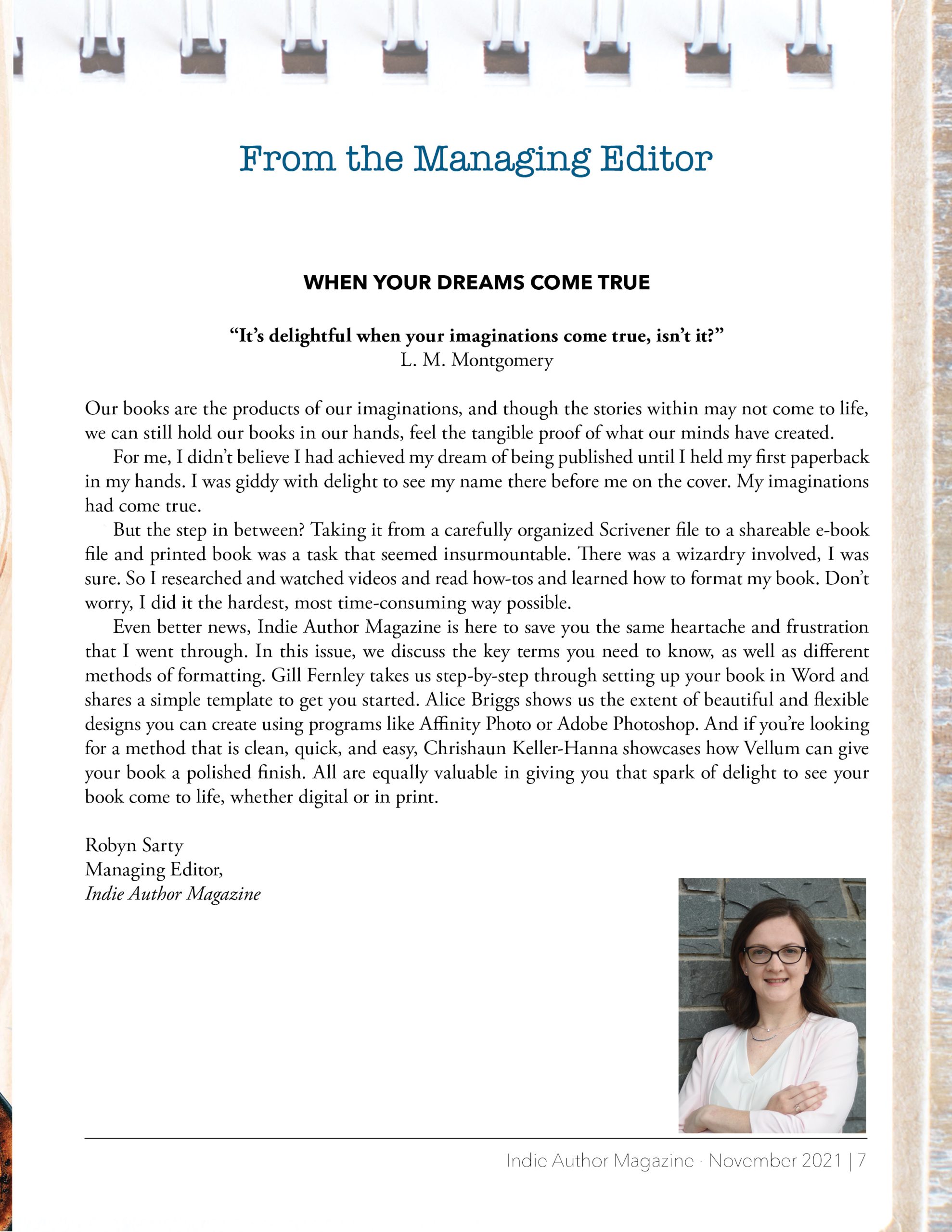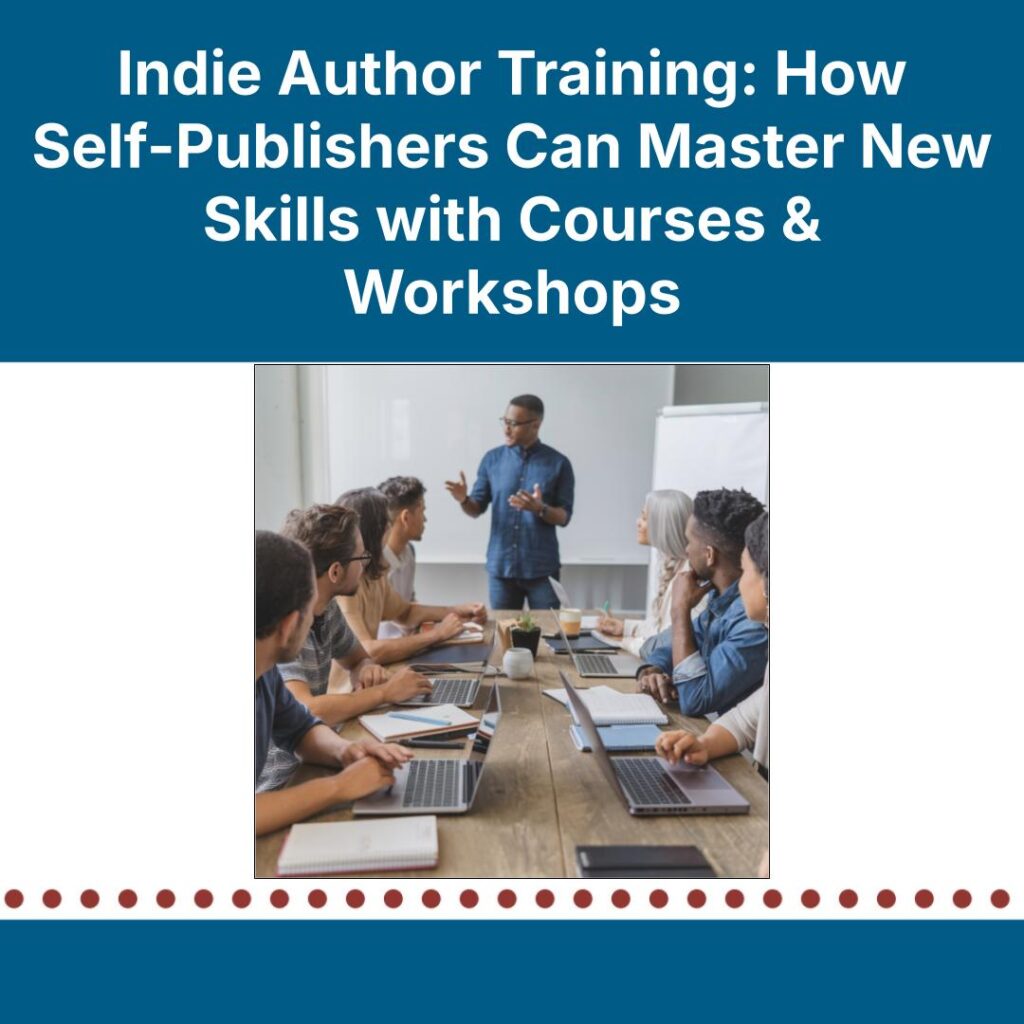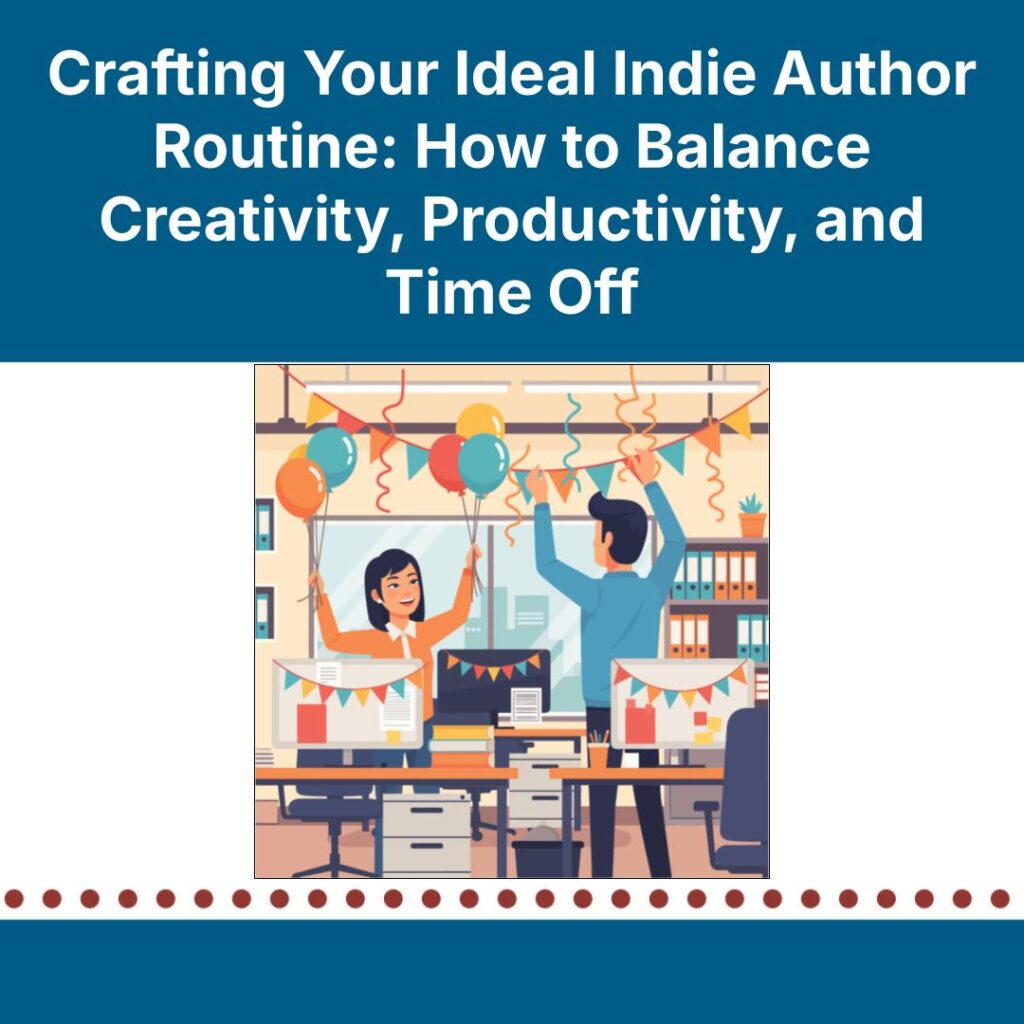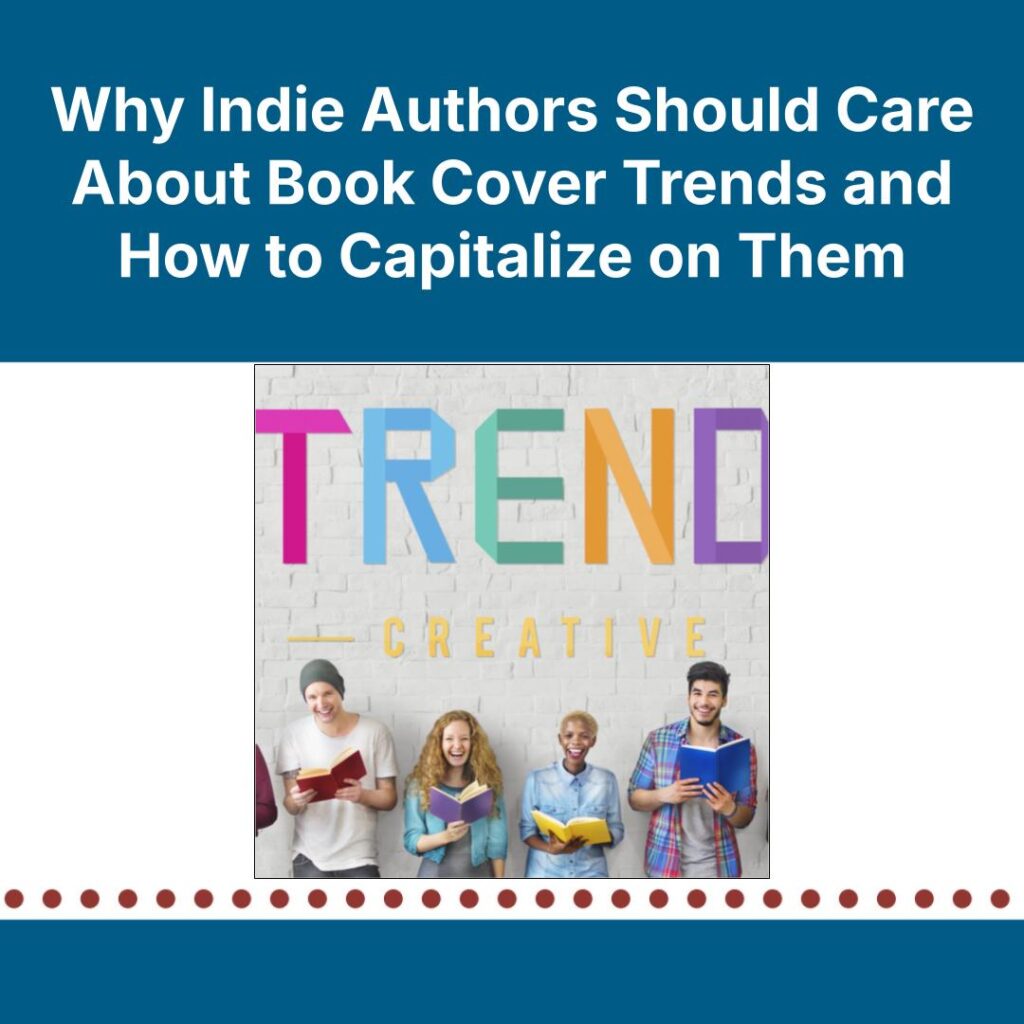“It’s delightful when your imaginations come true, isn’t it?”L. M. Montgomery
Our books are the products of our imaginations, and though the stories within may not come to life, we can still hold our books in our hands, feel the tangible proof of what our minds have created.
For me, I didn’t believe I had achieved my dream of being published until I held my first paperback in my hands. I was giddy with delight to see my name there before me on the cover. My imaginations had come true.
But the step in between? Taking it from a carefully organized Scrivener file to a shareable e-book file and printed book was a task that seemed insurmountable. There was a wizardry involved, I was sure. So I researched and watched videos and read how-tos and learned how to format my book. Don’t worry, I did it the hardest, most time-consuming way possible.
Even better news, Indie Author Magazine is here to save you the same heartache and frustration that I went through. In this issue, we discuss the key terms you need to know, as well as different methods of formatting. Gill Fernley takes us step-by-step through setting up your book in Word and shares a simple template to get you started. Alice Briggs shows us the extent of beautiful and flexible designs you can create using programs like Affinity Photo or Adobe Photoshop. And if you’re looking for a method that is clean, quick, and easy, Chrishaun Keller-Hanna showcases how Vellum can give your book a polished finish. All are equally valuable in giving you that spark of delight to see your book come to life, whether digital or in print.







